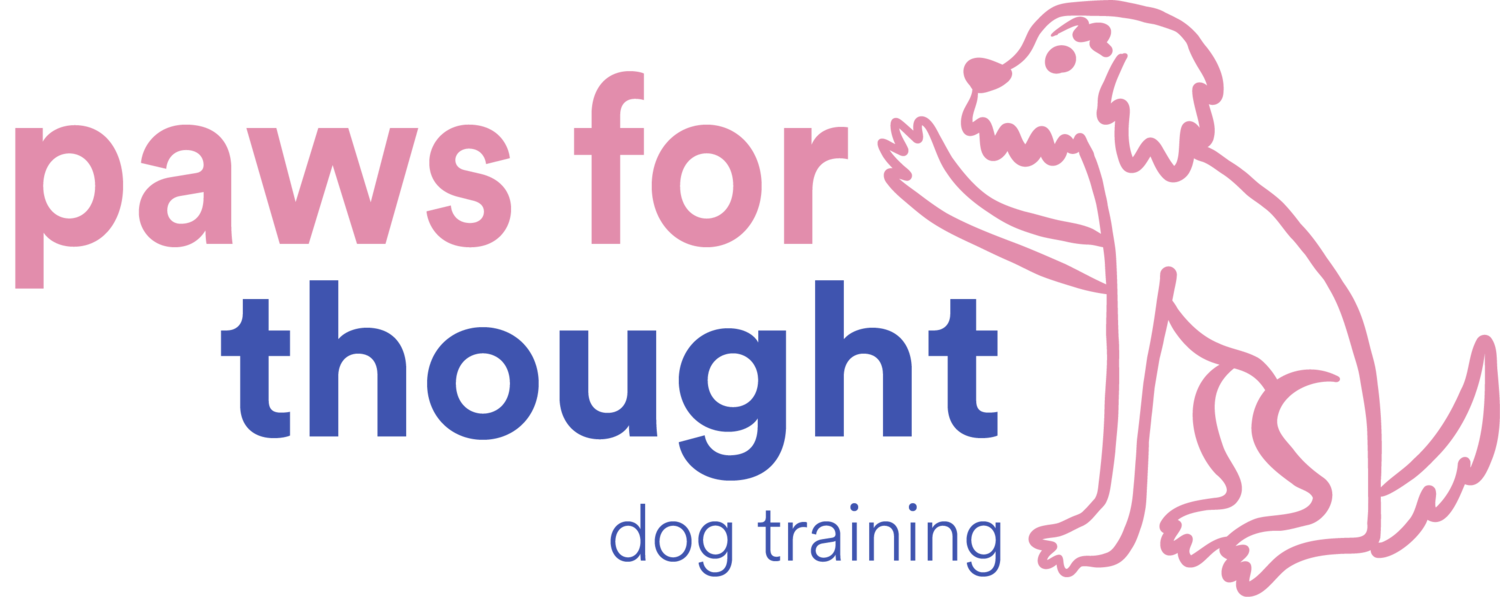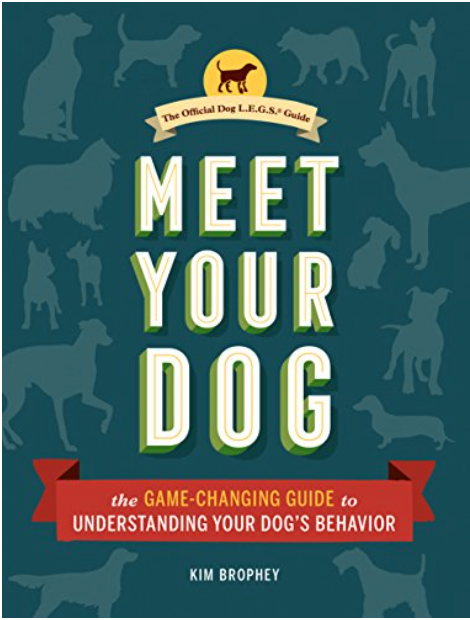Relating a New Yorker Illustration, The Lorax, and Innate Canine Behaviors
For my birthday this year, a very close friend gifted me a New Yorker cartoon by artist Charles Barsotti. Upon unwrapping and seeing the print, I was immediately struck by confusion. I looked up and asked, “Why did you think of this particular cartoon for me?” She replied, “Because you are like the Lorax of dogs!” Seeing my sustained confusion she elaborated, “You know, the Lorax, ‘I speak for the trees for the trees have no tongues’” (Dr. Seuss, 1971). That’s when the lightbulb went off in my head.
It’s hard to find someone who can compete with me in amount of time spent thinking about dogs. This friend is up there! This is lovely for both of us because we get to spend a lot of time talking about the joys of dogs and dog behavior. She does not come from a training background which means that we get to have great discussions about dogs with different perspectives at play. However, despite our different backgrounds, the two of us tend to agree on the sentiment so sweetly expressed in the cartoon she gave me: “Not guilty, because puppies do these things.”
When I think of this quote, I almost immediately think about puppy nipping. So many times, clients with new puppies have come to me complaining about biting, and most often they say to me, “How can we tell our puppy that biting is wrong?” Nine times out of ten I reply back, “It’s not wrong!” This is the case for so many dog behaviors that we humans find to be nuisances. Most of the time they are not WRONG in our human sense of the word. These are innate tendencies that dogs are expressing and therefore natural behaviors. So no, your puppy nipping at your hands during play is not wrong but it can be a nuisance and downright painful (more on dealing with puppy biting in another blog post!)
There are plenty of dog behaviors that fall under the natural yet aggravating category. To name a few, digging, barking, chasing small animals, and excessive sniffing comes to mind. Certain dog types or dog breeds are more likely to exhibit some of these behaviors over others. This is the premise of Kim Brophey’s book Meet Your Dog (linked here). Her book is a wildly informative resource for any dog guardians or people who are considering getting a dog. In Meet Your Dog, genetic background is certainly a focus but Brophey does not claim that it is the most important predictor of a dog’s behavior. She presents the LEGS model. LEGS is short for Learning - Environment - Genetics - Self (Brophey, 2018). Each component is instrumental in explaining the behavior seen within a single dog.
Thinking about dogs from the LEGS perspective is my natural tendency given my background in animal behavior, which is where being a “Lorax” comes back into play. Both Brophey and I are aligned in thinking that rather than trying to change our dog’s innate tendencies, we need to make space for these tendencies in our training. In my opinion, dogs who have been selectively bred for a purpose must have natural outlets for their purpose-bred behaviors. For example, beagles (and other scent hounds) must have outlets for sniffing. If they are not given time to use their nose, then you will be hard-pressed to ever get them to pick that nose up off the ground. But, if you give them time to go on sniff-aris, or do nose work, the need to sniff will be satiated and they will be much more likely to acquiesce when asked to shift away from sniffing.
So, to wrap things up, I guess I do identify with the Lorax. I think that it is important to advocate for a dog’s needs and understanding each dog’s needs certainly includes looking at the breed of dog sitting in front of me. This understanding will sometimes impact what skills I recommend training or how they are trained. People I meet do not always align with this reasoning. Sometimes, my suggestions are met with initial confusion or apprehension. Still, at the end of the day, most dog guardians care first about the happiness of their dog. It doesn’t take long to realize that this approach can increase their dog’s quality of life while decreasing their likelihood of developing problematic behaviors. What’s not to love about that!
If you are interested in learning more about your dog’s predisposition for behavior I would highly recommend purchasing Meet Your Dog: The Game-Changing Guide to Understanding Your Dog’s Behavior. If you would like to learn more about meeting your dog’s innate needs, contact us to book a private session today!
Brophey, Kim. (2018). Meet Your Dog: The Game-Changing Guide to Understanding Your Dog’s Behavior. Chronicle Books.
Products listed may be affiliate links, which means we may receive a small commission if you purchase them.


